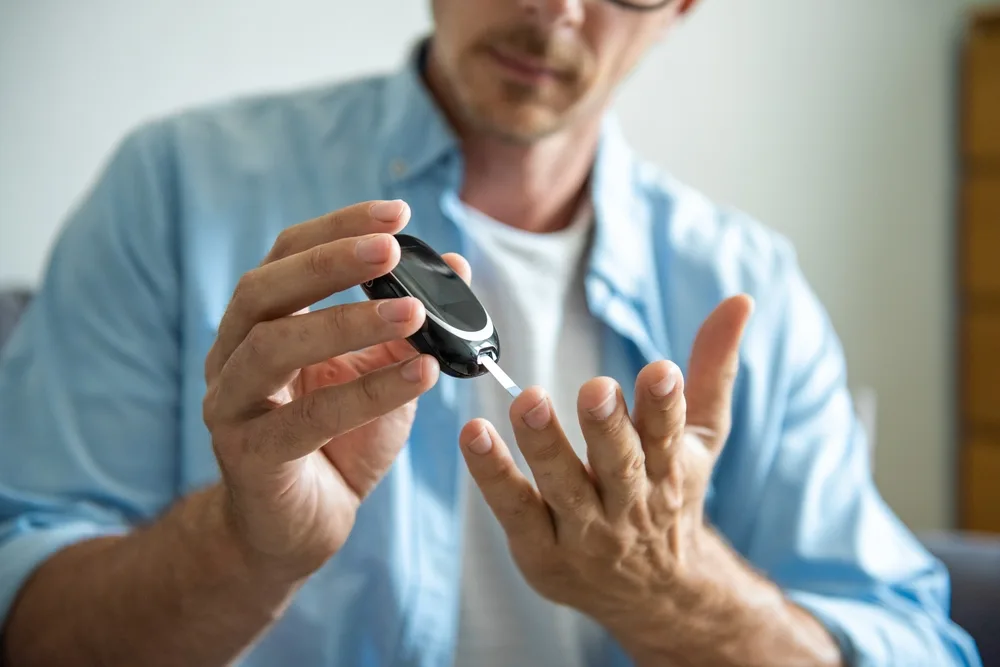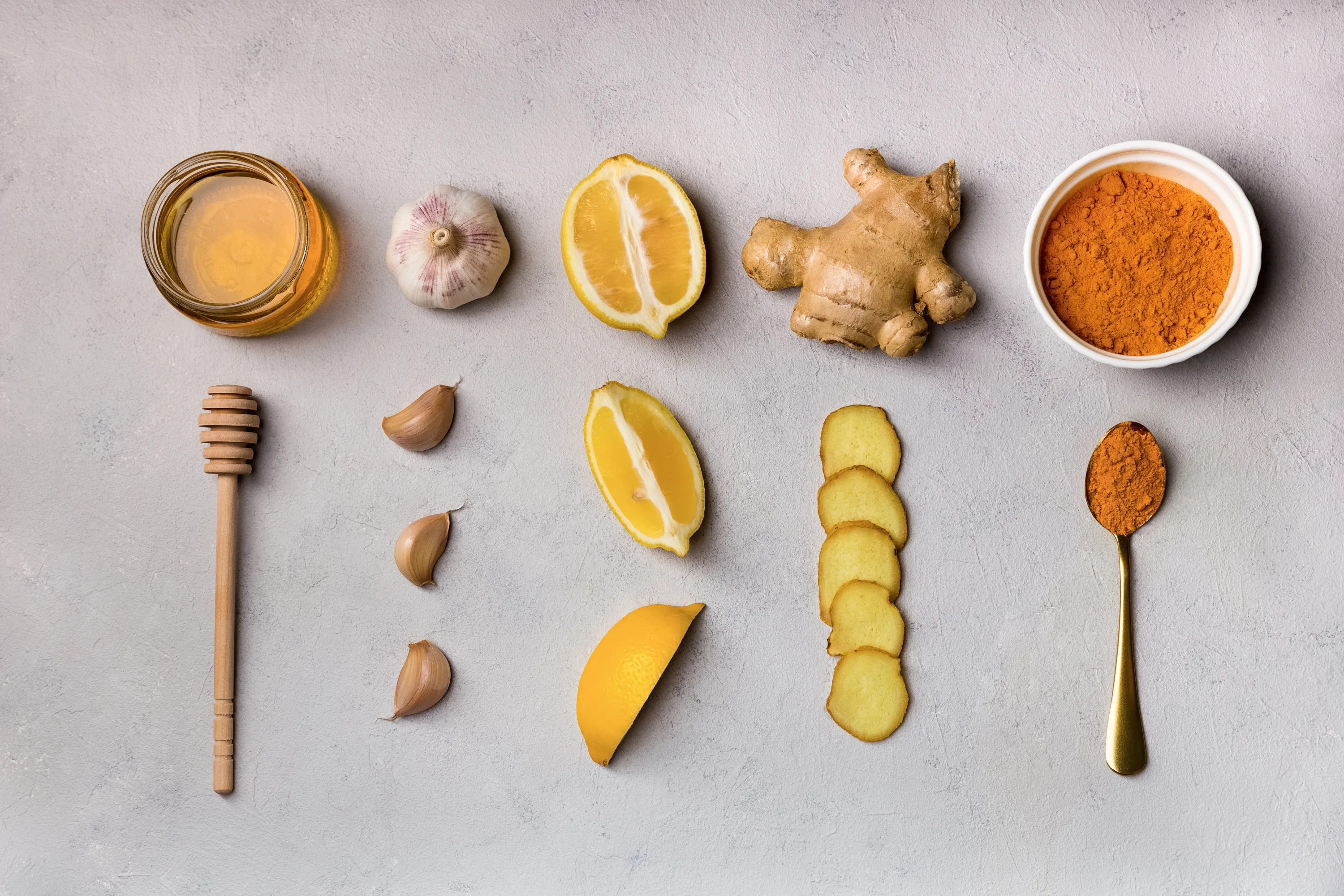
Finding the right hair care routine takes a bit of work. What works for one person may not be a right fit for you.
A common misconception regarding straight hair is that it is the easiest to maintain. Straight hair still requires maintenance like any other type of style, and there are some challenges unique to straight haired individuals.
For example, straight hair is more susceptible to oil, dirt, and moisture than other styles, especially if your hair is longer.
Another consideration with hair is the texture. Fine hair means your individual hair strands are smaller in diameter.
An easy way to tell your hair type is to pluck a strand of hair and rub it between your fingers. If you can feel your fingers, this means you have fine hair.
The density of your hair changes what sort of routine you use. Straight fine hair can be difficult to manage, but there are several hair care routines that may make it easier to care for.
Setting a Shower Routine
Showering is a large part of any hair care routine. A common mistake is thinking more showers are healthy for your hair.
Your scalp naturally produces oils, which help protect your hair and keep it moisturized. Too much oil is bad for your hair, but so is too little.
If you constantly shower, you are removing these oils from your hair. This results in dry hair, which is more prone towards breaking or frizzing along the ends.
Instead of relying on daily showers, cut your showers down to two or three times a week and use other products to keep your hair clean and healthy. Or, keep your daily showers, but keep your hair out of the water.
A hot shower may seem relaxing, but it can be bad for your hair. Warmer temperatures damage the natural oil in your hair, which makes it harder to retain moisture. Lukewarm or room temperature water is best if you have fine hair.
Shampoo Tips
In addition to showering less, consider changing the amount of shampoo you use.
Fine hair is delicate, so using too much shampoo can cause it to shed and break. With longer hair, make sure you apply the shampoo evenly across your hair.
Do not neglect the bottom of your hair, as this is typically the area that requires the most care.
If your hair is particularly sensitive, swap out your usual shampoo for an amino acid variant. Amino acid shampoo uses a gentle formula, typically containing coconut oil and hydrolyzed protein. It boosts the fullness of your hair and gives it a shinier look. Sulfate-free shampoos are also good choices for fine hair.
On days you do not shower, you can use a dry shampoo. Dry shampoo helps manage oil as well as remove any sweat or dirt that gathers in your air.
If you have longer hair, you can apply the dry shampoo in segments. This not only helps keep your hair clean without removing protective oil, but it also adds volume to your hair and can make it easier to style.
If your hair still feels oily, consider adding a scalp scrub to your routine. A scalp scrub exfoliates the skin along the top of your head while also clearing any excess boil build up and other contaminants. You should not need to use a scalp scrub more than once a week.
Conditioner Tips
Conditioners can be a good way to give your hair a moisture boost, but it is easy to overdo how much conditioner you use.
With fine hair, less is more. When you apply conditioner, start with the ends of your hair, not your scalp. Comb the conditioner upwards towards your roots, evenly applying it throughout your hair.
Try to pick a conditioner with an essential oil. Coconut, argan and jojoba oil are commonly recommended. These can keep your hair hydrated while also giving it a soft, sleek appearance.
If a normal conditioner is not doing the trick, try investing in a hair mask. You only need to apply a hair mask once a week. It helps to strengthen and hydrate your hair, designed to prevent breakage as well as frizz along the ends.
Typically, you only need to leave a hair mask on for five minutes, but with more sensitive hair, you can increase the length to 15 or 20 minutes. As with conditioners, try and find a mask with essential oils.
The Right Tools
With straight fine hair, limit how often you use heat styling. Blow dryers and curling irons can be bad for your hair because of the hot temperature, which dries out your hair and leads to breakage.
With fine hair, you already have too many issues retaining moisture. While it may take longer, use hair rollers if you want to give your hair some extra volume.
Fine hair is more prone to tangling. A good way to deal with tangles is investing in a natural boar bristle brush. These bristles are soft and flexible and do less damage compared to stiff bristles.
Paddle brushes are also good for longer hair and helps to evenly distribute oils. If your hair is prone to static, invest in a brush with a rubber pad.
Sleeping Tips
Fortunately, straight hair i soften easier to maintain at night, but there are still a few tips to keep your hair healthy when you sleep.
A silk pillowcase is great for fine hair because it reduces the amount of friction when you move. This means less frizzing and breakage if you are prone to tossing and turning. If it is comfortable, try sleeping on your stomach instead of your back.
Dietary Options
There are a few changes you can make to your diet to help enhance your hair.
Most of your hair is made up of protein, so the more protein in your diet, the healthier your hair. Most individuals get protein from meats and seafood.
If these foods are unavailable because of dietary restrictions, consider adding beans, tofu, lentils, and wild rice to your diet.
Vitamins B6 and B12 are also important to strengthen your hair. Bananas, potatoes, and spinach are great sources of B6, while B12 is common in lean meats, fish, and dairy products.
By Admin –







